16-50mm f3.5-5.6 for Samsung NX review
Introduction
The 16-50mm f3.5-5.6 Power Zoom ED OIS Lens for Samsung NX camera systems is a standard zoom lens that covers wide angle to portrait-length perspectives. It uses four aspherical elements and one extra-low dispersion element to minimize aberrations throughout the zoom range and produce a decent image quality for its price and size. This lens has an integrated optical image stabilization system, which helps to reduce the effects of camera shake by about two stops. It’s also a powered zoom, which means you don’t have to turn the zoom ring in order to zoom in or out, a nice feature if you intend to shoot video with your camera.
Sharpness and distortion
As with all my lens tests, I use a 300-line test chart, a tripod, and the camera timer function in order to eliminate shake. These results are meant as a guideline on how to optimally use the 16-50mm f3.5-5.6 in real-life. This method involves no computer generated test results, and my eyes to evaluate the performance.
Performance at 16mm
There is some slight barrel distortion at 16mm, but quite uncomplicated and impressive for a lens this size. It also suffers from a small degree of Chromatic Aberration (purple fringing) but nothing dramatic, and I’d say better in this regard than some of the more expensive Samsung lenses.
Center
You’ll notice a trend here at all focal lengths where the 16-50mm f3.5-5.6 is always quite soft at maximum aperture (f/3,5 at 16mm). Sharpness steadily increases until f/8 and diffraction sets in beyond f/11.
- 16 mm f – 3,5 center
- 16 mm f – 4,0 center
- 16 mm f – 5,6 center
- 16 mm f – 8,0 center
- 16 mm f – 11 center
- 16 mm f – 13 center
- 16 mm f – 16 center
- 16 mm f – 22 center
Corner
There is visible vignetting at maximum aperture, but totally disappears at f/5,6. It is very soft in all corners at f/3,5 and reaches optimum sharpness only at f/11. Beyond that sharpness decreases again because of diffraction.
- 16 mm f – 22 corner
- 16mm f -3,5 corner
- 16 mm f – 4,0 corner
- 16 mm f – 5,6 corner
- 16 mm f – 8,0 corner
- 16 mm f – 11 corner
- 16 mm f – 13 corner
- 16 mm f – 16 corner
Performance at 23mm
As we see at 16mm, there is some slight barrel distortion wide open which disappears again by f/5,6.
Center
Again quite soft at f/4, better at f/5.6 and sharpest at f/8 until f/11. Loss of sharpness due to diffraction beyond f/13.
- 23 mm f – 4,0 center
- 23 mm f – 5,6 center
- 23 mm f – 8,0 center
- 23 mm f – 11 center
- 23 mm f – 16 center
- 23 mm f – 22 center
Corner
Also here vignetting is gone by f/5,6. Very soft at f4, sharpest at f/11.
- 23 mm f – 4,0 corner
- 23 mm f – 5,6 corner
- 23 mm f – 8,0 corner
- 23 mm f – 11 corner
- 23 mm f – 16 corner
- 23 mm f – 22 corner
Performance at 35mm
The Samsung 16-50mm f3.5-5.6 has even less barrel distortion at 35mm.
Center
The center image is soft at f/5,0, optimum sharpness is achieved at f/8 and remains sharp until f/13.
- 35 mm f – 5,0 center
- 35 mm f – 5,6 center
- 35 mm f – 8,0 center
- 35 mm f – 11 center
- 35 mm f – 13 center
- 35 mm f – 16 center
- 35 mm f – 22 center
Corner
Vignetting (although not much) disappears by 5,6. Optimal sharpness is achieved only at f/11, which seems to be the trend with this small zoom.
- 35 mm f – 5,0 corner
- 35 mm f – 5,6 corner
- 35 mm f – 8,0 corner
- 35 mm f – 11 corner
- 35 mm f – 13 corner
- 35 mm f – 16 corner
- 35 mm f – 22 corner
performance at 50mm
At 50mm, the barrel distortion changes into very slight pincushion distortion, easily correctable in-body or in post production though, as is the very slight degree of Purple fringing.
Center
Again this lens is soft at f/5,6, maximum sharpness is achieved by f/8. Center remains quite sharp until f/16 though.
- 50 mm f – 5,6 center
- 50 mm f – 8,0 center
- 50 mm f – 11 center
- 50 mm f – 13 center
- 50 mm f – 16 center
- 50 mm f / 22 center
Corner
Vignetting is gone by f/8 at 50mm. It is sharpest at f/11 to f:16.
- 50 mm f – 5,6 corner
- 50 mm f – 8,0 corner
- 50 mm f – 11 corner
- 50 mm f – 13 corner
- 50 mm f – 16 corner
- 50 mm f – 22 corner
Conclusion
As far as cheap kit zoom lenses go, the 16-50mm f3.5-5.6 does not perform bad at all. Distortion is well under control throughout the range, changing from barrel distortion to pinhole at the far side. Vignetting is not overly apparent either at always disappears by f/5,6, except at 50mm where it takes until f/8. Purple Fringing is no real problem either at these levels, and is easily taken care of in-body for Jpeg shooter or in Lightroom if you shoot RAW. The main issue is that it is always quite soft wide open in the centre at all focal lengths, and you’ll have to step down to f/8 or even f/11 for both center and corners to become somewhat sharp. This is of course to be expected from a lens at this size and price, and for a cheap kit lens, I’d say performance is very good. If you’re planning to use it with a top-of-the-line Samsung camera like the NX1, you’d best go with a lens from their ‘S’range if you want to resolve the high megapixel count and dynamic range of the sensor.

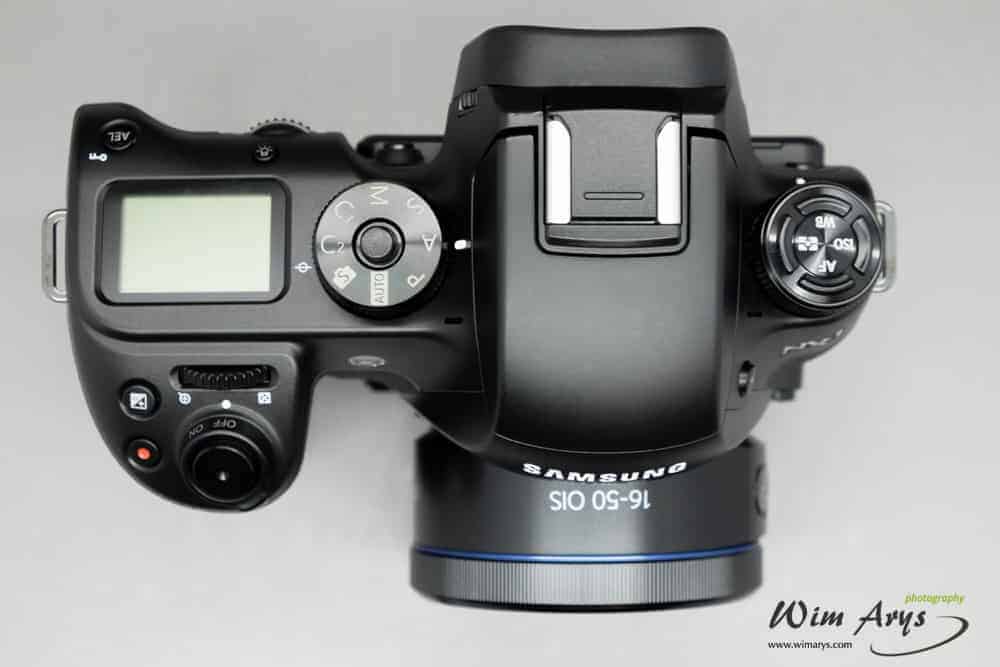
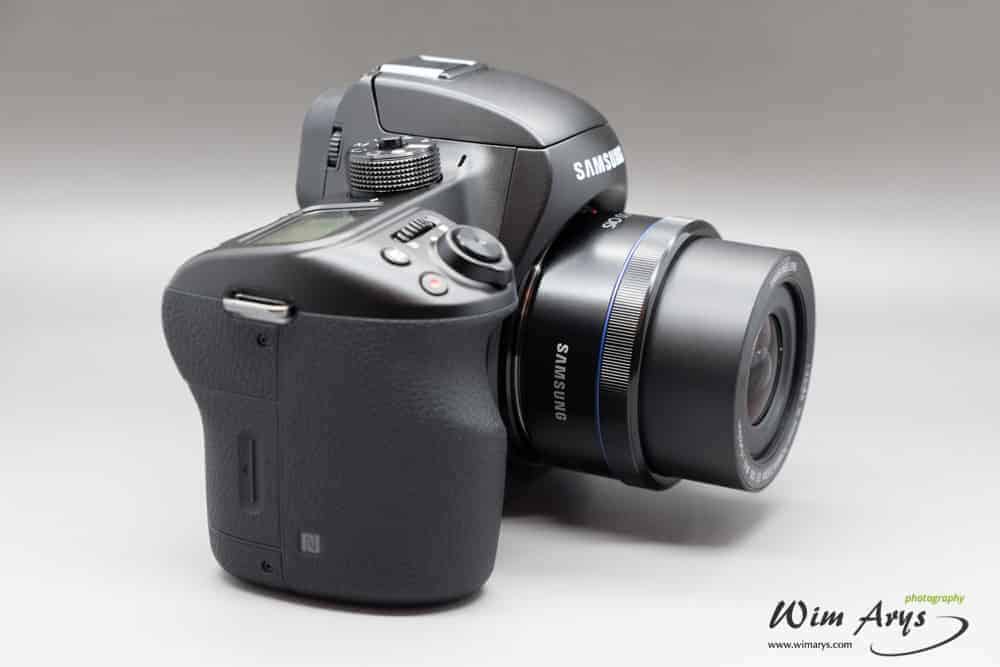
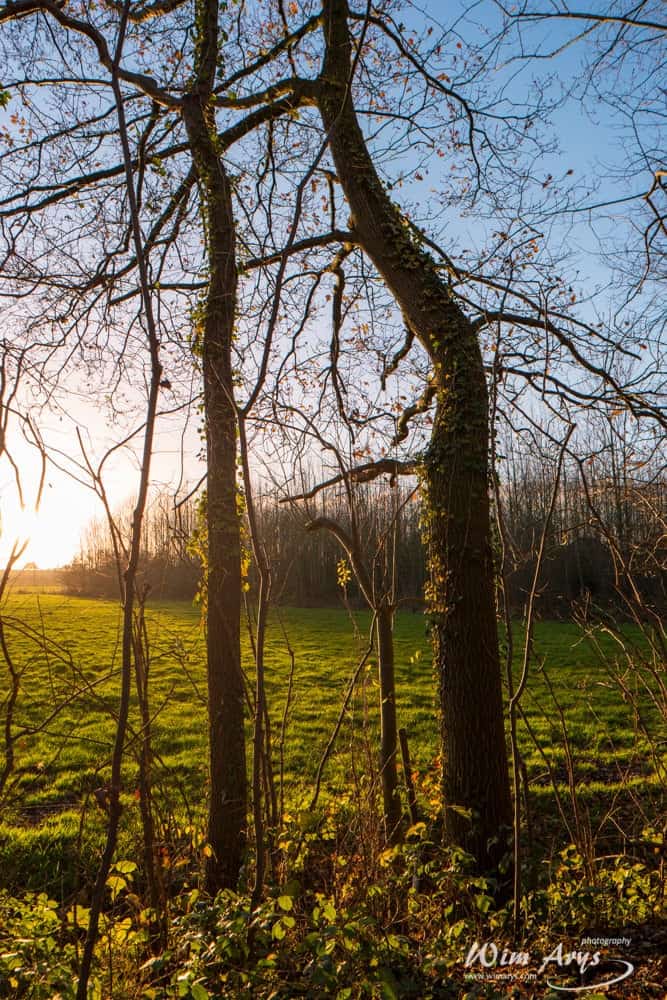
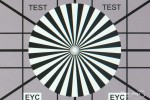
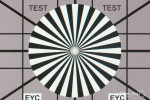
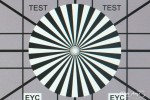
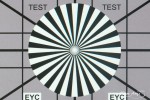
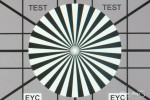
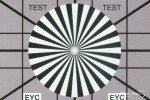
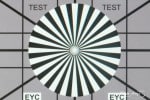
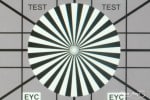
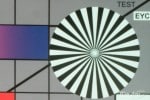
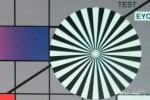
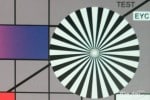
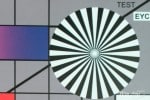
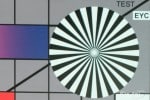
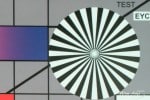
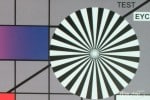
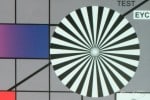
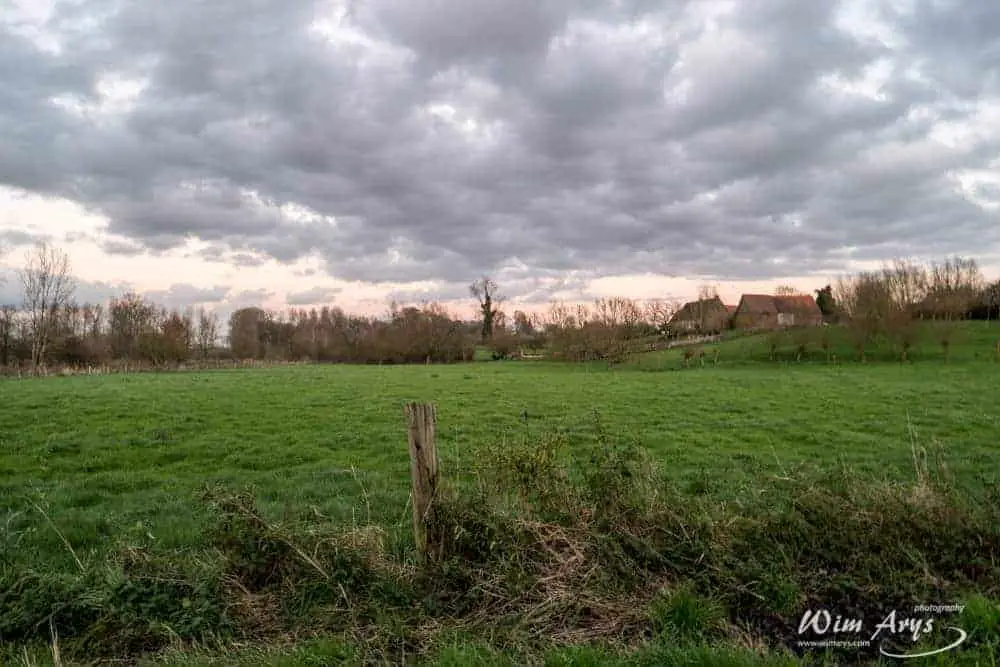
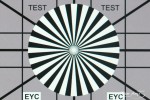

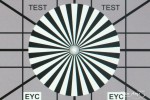

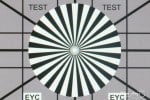
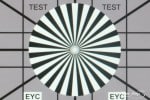
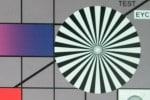
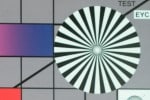
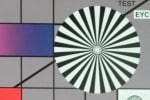
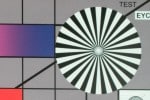
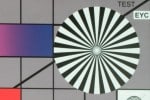
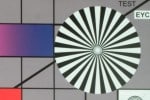
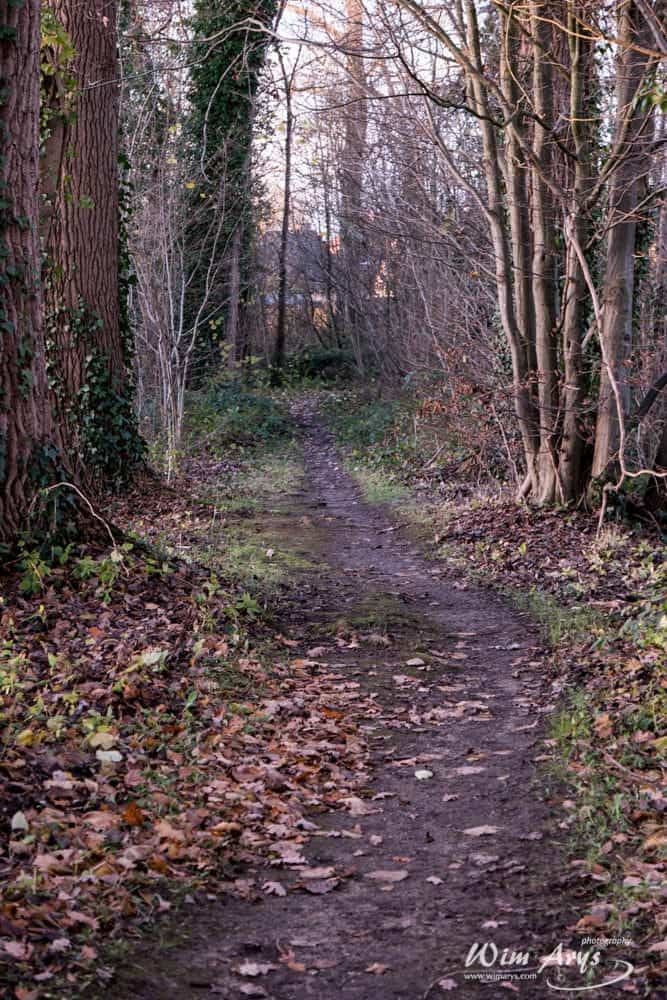

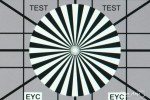



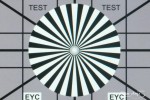
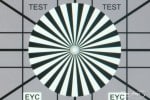
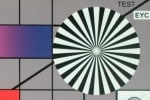
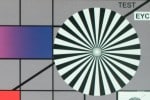
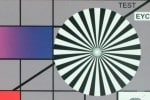
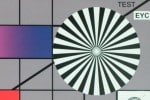
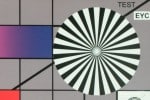
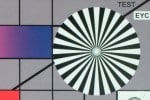
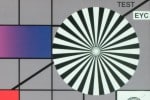
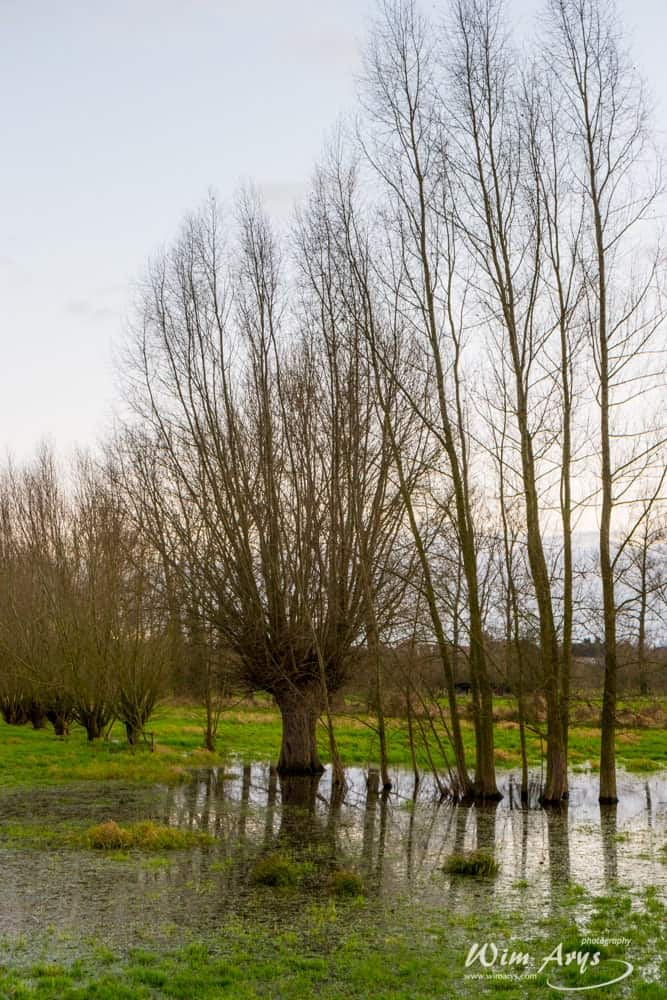
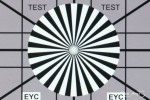
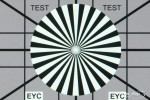
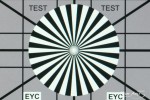
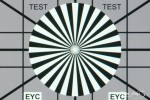
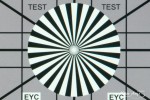

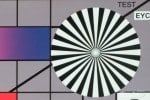
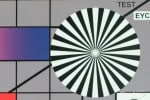
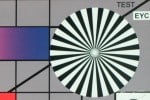
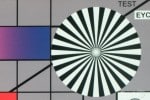
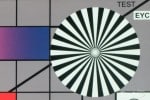
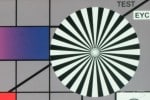
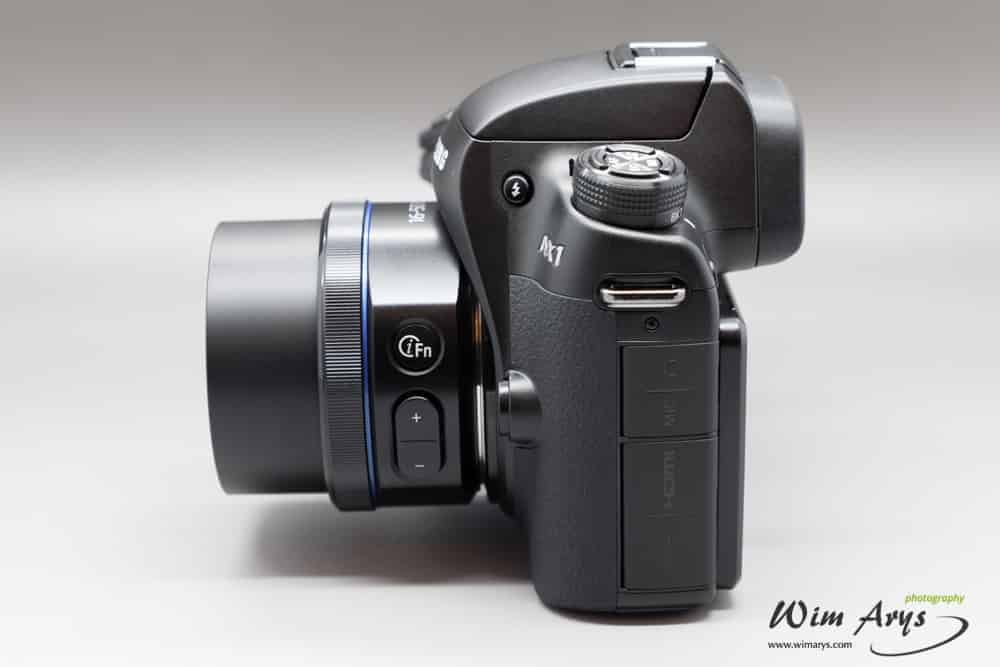
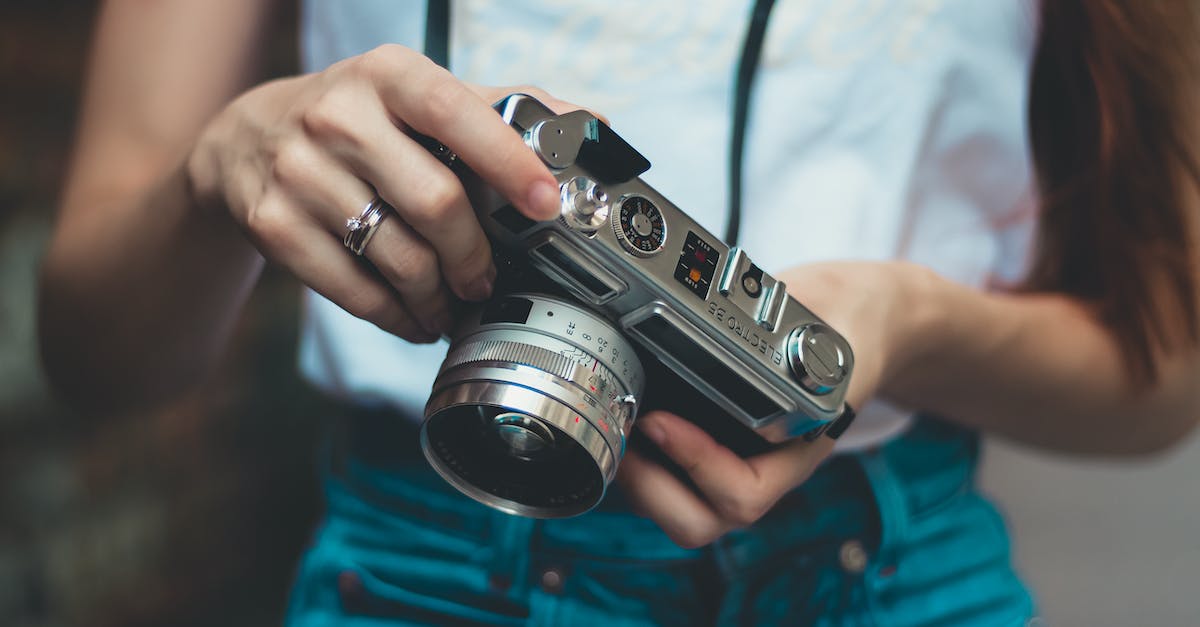
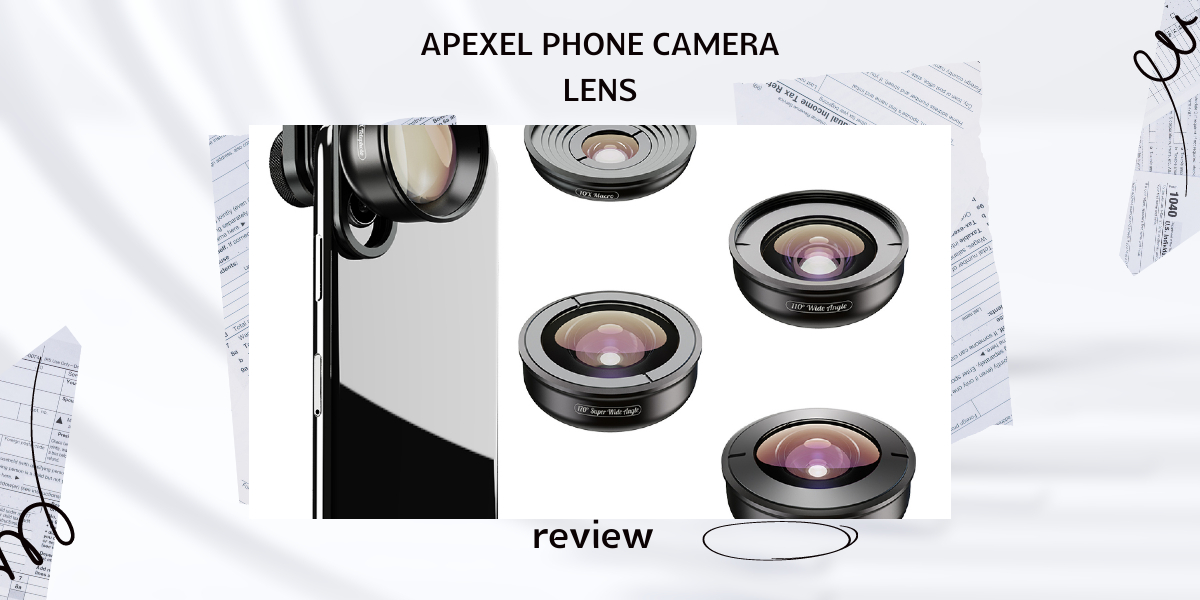
thanks.